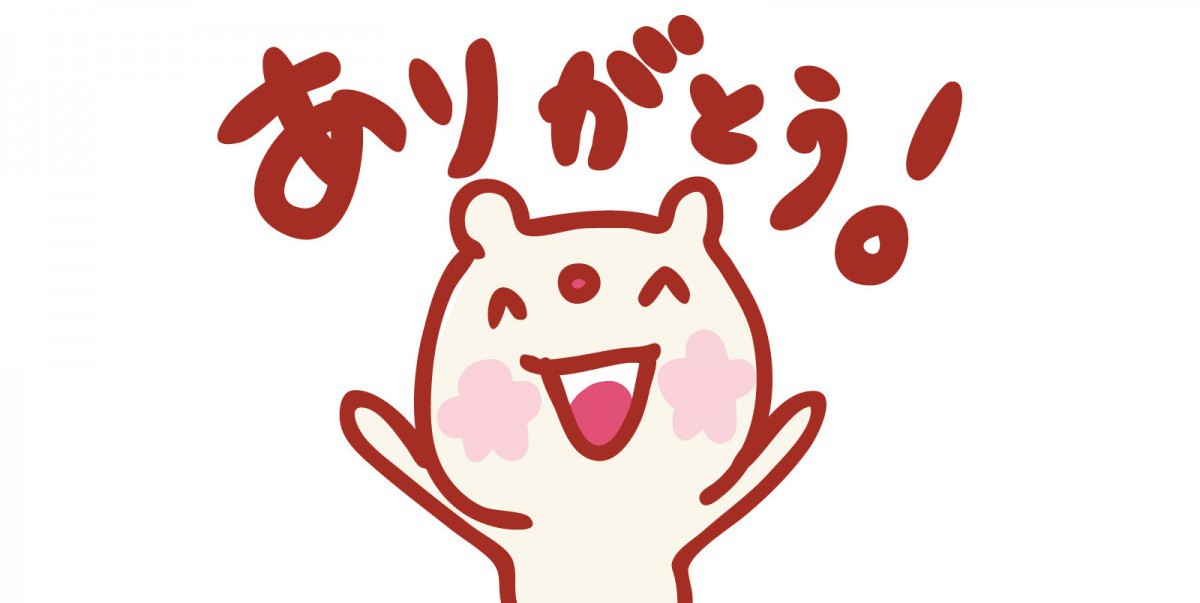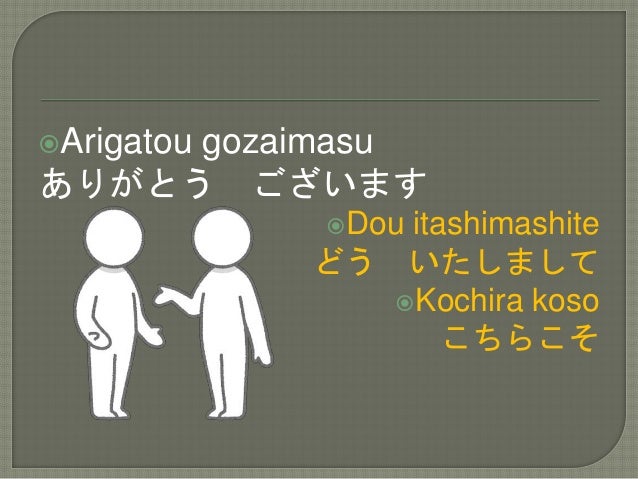The exchange of gifts is a central part of business etiquette and of Japanese culture in general. Whether it is for your boss, coworkers or friends, there are a few things you should know about Japanese gift giving etiquette. Some of them not only are Japanese etiquettes but also be the rules you should follow.
What kind of Japanese gift giving are the best?
If you visit a Japanese company, your host family or meet with Japanese business partners, this question always pops up.
Food (especially sweets like cake, cookies etc.) from your region are very welcome. You should not be finical about Japanese gift giving. For women, flowers can be nice, but avoid white flowers, lotus blossoms, lilies and camellias since they are associated with funerals. Also, potted plants are associated with sickness, so better look for something else.
High-quality alcohol or pens, as well as business card holders, are also a nice idea. For business gifts, it can be on the expensive side, but never have your own company’s logo on it!
If you’re visiting your host family, then anything that’s typical for your region / country (especially if it’s edible) is the best choice.
Be careful with colors when giving the gift in Japan.
Although you may write with black ink in your own country, when signing a gift card in Japan, you may want to change your pen. Colors have a lot of meaning and are something to be cautious of. Same goes for the color of the gift wrapping. Here is a quick guide on what you may or may not use color wise. Remember these etiquette tips for Japanese gift giving :
- Red is used on tombstones. Do not use it for signing cards. Also, don’t send red Christmas cards as funeral notices are red in Japan. Red and white gift wrapping is good for weddings, though.
- Black can mean death or bad luck. Black combined with red expresses sexuality, so try to avoid it.
- Green can mean eternity and good luck. It is perfect for almost any gift card.
- White can mean holiness. If the card is a solid color, white ink can be perfect for a baby shower.
- Purple can mean celebrations and decadence. It is a great color for a festive holiday.
Numbers to avoid in Japanese gift giving culture.
If you have to send a gift never involve the numbers 4, 9 and 43 (e.g. don’t send four pieces of cake).
- FOUR: 4 (四、し、shi) can sound like the word death (死、し、 shi)
- NINE: 9 (九、く、ku) can sound like suffering (苦、く、ku)
- FOURTYTHREE: if it’s for a baby shower, 43 (四三、しさん、shisan) is similar to stillbirth (死産、しざん, shizan).
To be on the safe side, better avoid anything that has a “4” or “9” in it. ;)
Japanese gift giving and receiving etiquette
Carry the gift in a normal shopping bag, so nobody will know immediately that you bring a present.
When handing it over, do it with both hands (also when receiving it). If it is for an individual, you need to do it in private and you want to give it to the person towards the end of your visit, not in the beginning like in the USA.
It’s very common to present a gift with the words “Tsumaranai mono desu ga …” (つまらないものですが・・・, lit.: It’s something boring, but please accept it …). It just shows that the relationship is more important that the present itself.
If you receive a present, don’t open it right away. Do it later when you’re alone, so you don’t have to worry about how to react if you don’t like it.
Also, it’s polite if you reject the present humbly once or twice. But don’t overdo it!
Always wrap a present beautifully. Let the shop do it where you purchased it.
The presentation and meaning of the gift are more important than the gift itself so make sure there is thought behind it.
Most of these rules don’t apply when you give a present to a (close) friend or family member of yours. It’s a much more casual situation after all.





















